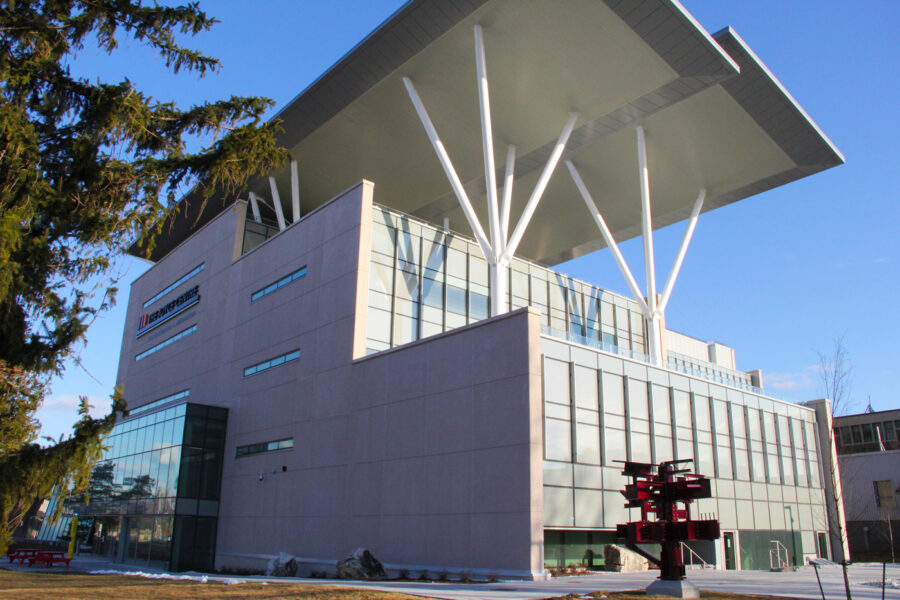
Building sustainably in Hamilton
- Swati Malhotra
- 09 Apr 2019
Most of you have witnessed the rapid urban development of our surroundings and realized how it’s set up certain standards of living by making life more convenient and sophisticated. But have you ever given thought to the negative impact of this shift towards modern architecture? Poor planning may adversely affect human health in addition to the environment.
Collectively, the buildings we live in are responsible for a major proportion of Hamilton’s carbon dioxide emissions. Not only this, but it’s creating a negative impact on your health and living conditions. This is echoed by French multinational manufacturer Saint-Gobain who state that “buildings account for around 35% of resources, 40% of energy use, consume 12% of the world’s drinkable water and produce almost 40% of global carbon emissions.”
The steel capital of Canada, although consisting of rich culture and architecture, severely falls behind when it comes to having eco-friendly buildings. As concerns grow about individuals reducing their carbon footprints, improving occupant health, and being resource efficient, it is of utmost importance to focus not only on constructing buildings that look good but implement methods to make them sustainable.
Sustainable buildings are identified as having energy-efficient technology, renewable and durable materials, and creative structure while at the same time being cost effective. It’s a difficult balance but it can be done.
The brand new Joyce Centre for Partnership & Innovation at Mohawk College is one such example.
As a sustainability leader in Hamilton, the new structure was recently selected as the national pilot project to demonstrate net-zero energy carbon standards and validation processes by the CGBC (Canada Green Building Council).

Green Buildings are not only confined to new build developments, but can also be applied to existing architecture by renovating and converting them into energy-efficient buildings.
Various technologies are available for the layperson like solar panels, insulation, low-energy heating systems, and efficient power transformers — all of which contribute to making personal homes both sustainable and durable.
Exemplary results of green building projects also display improvements in the health of their occupants through better ventilation, more natural light, and design that connects us with nature.
Let’s now consider the financial benefit of green buildings. While improvements to a home aren’t cheap, the improvements made today will result in immediate monthly savings. If you’re willing to view your home as a long term asset, over the course of many years you will break even with your initial investment’s upgrades.
And if you don’t stay in your property long enough to reach that break-even point, prospective buyers will view your house more favourably when compared to similarly-priced properties that don’t offer the prospect of lower monthly bills.
So from the personal level to the institutional scale, giving thought to incorporating green elements to buildings is something we all need to consider. The benefits are vast — impacting neighbourhoods, cities, and economies.
If you want to take a part in shaping this planet’s future then vote with your dollars by giving sustainable buildings a chance.

Comments 0
There are no comments


Add comment